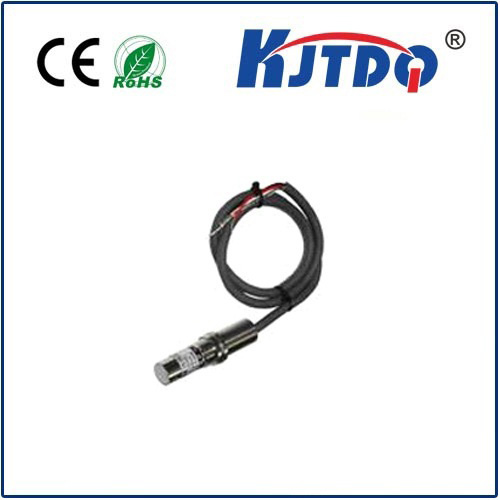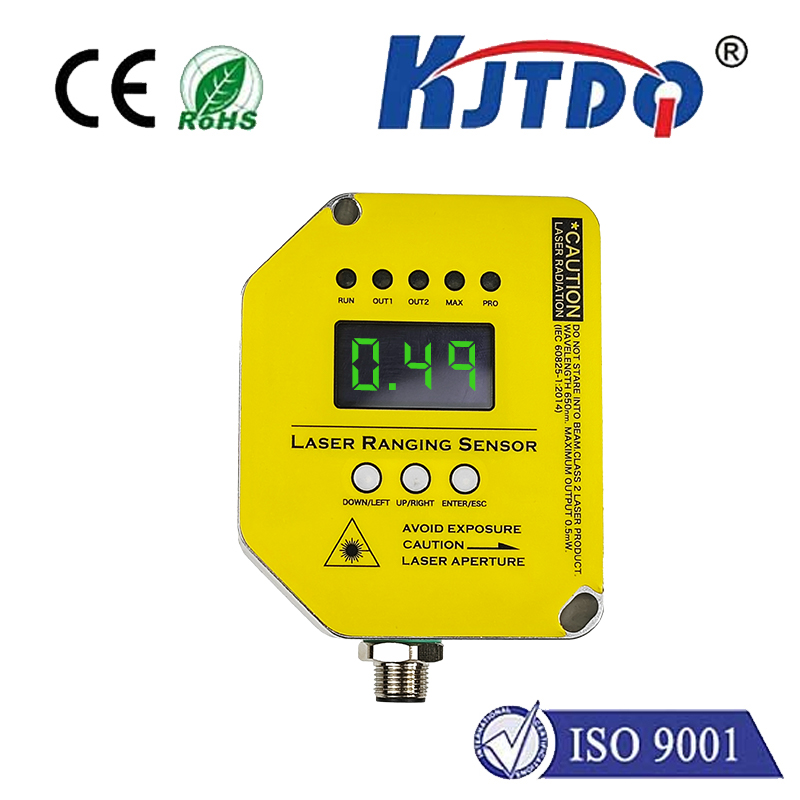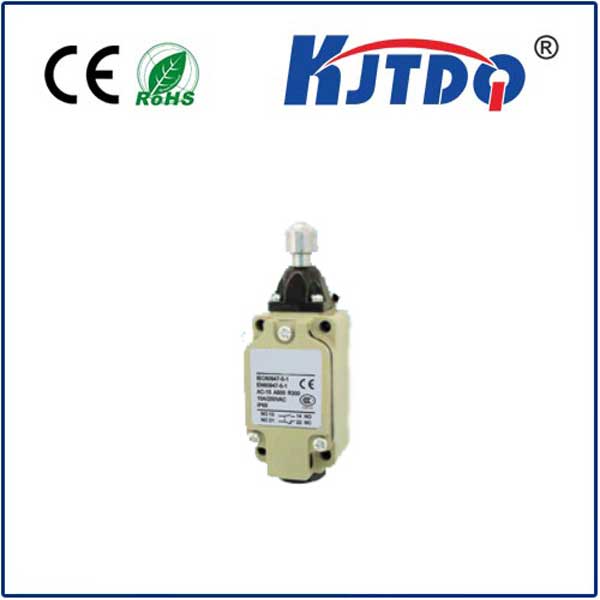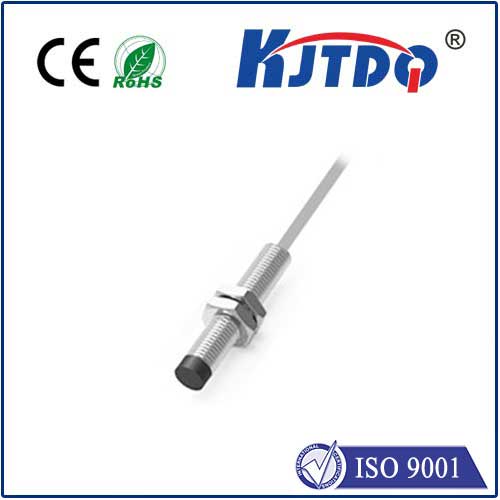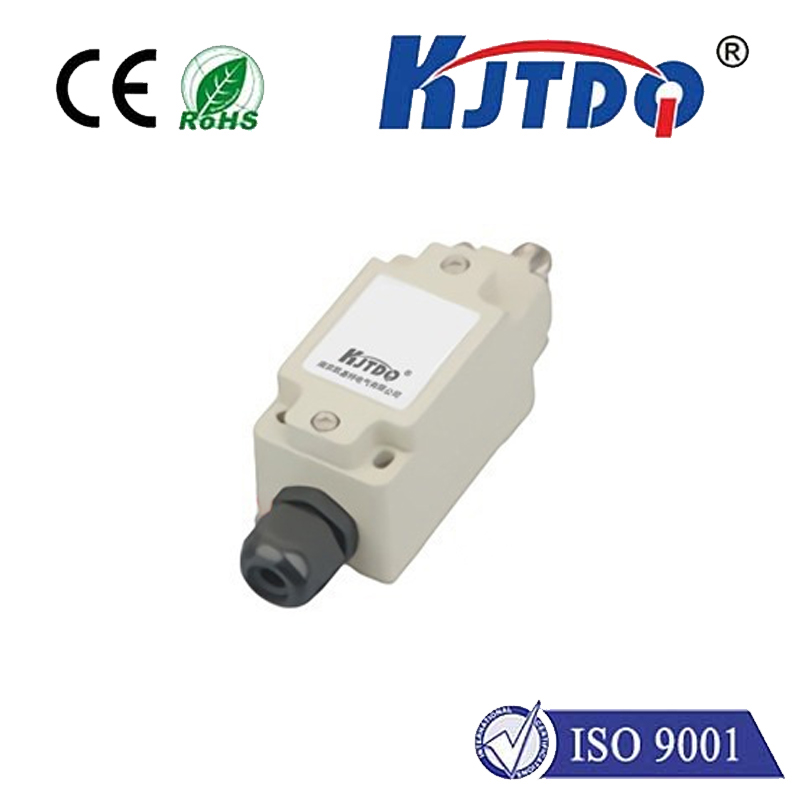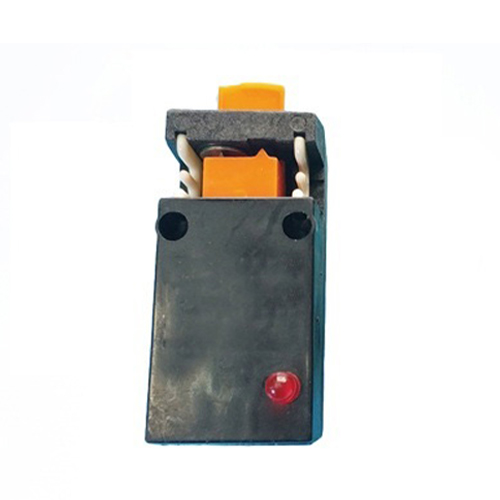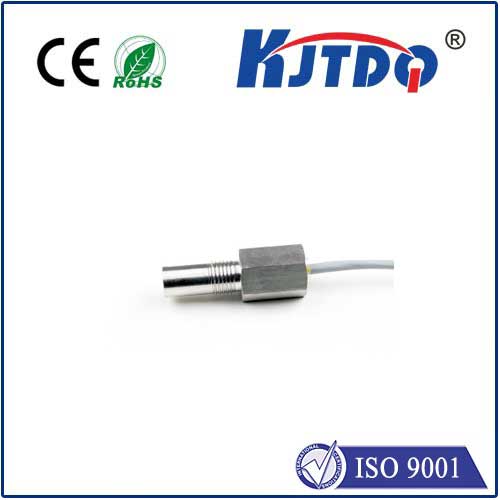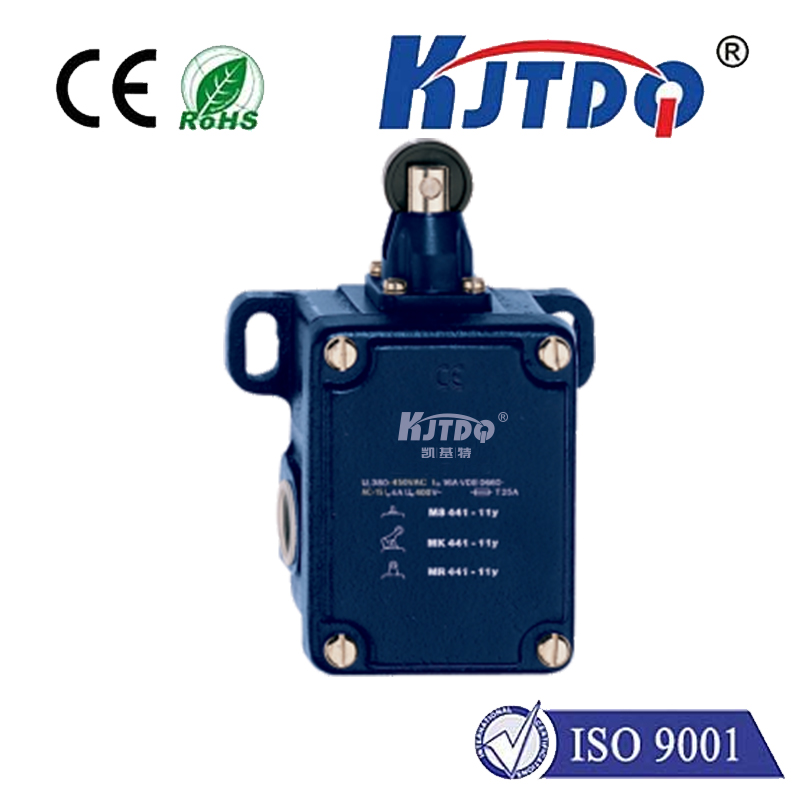

check

check

check

check

check

check

check

check

check

check
Imagine a world where machines perceive the presence, absence, or position of objects without physical touch, operating silently across countless industries. This is the fundamental reality enabled by infrared photoelectric sensors. These ubiquitous, versatile devices form the bedrock of modern automation, leveraging invisible light to create smarter, safer, and more efficient systems. While we rarely see them, their impact is felt everywhere – from the factory floor to your local supermarket door. This exploration delves into the working principles, diverse types, critical applications, and vital considerations surrounding these indispensable optoelectronic components.
The Core Principle: Light Interrupted
At its heart, an infrared photoelectric sensor operates on a straightforward concept involving a light emitter and a light receiver. The emitter directs a focused beam of infrared light – light just beyond the visible spectrum’s red end. This beam travels towards the receiver unit. The fundamental detection mechanism hinges on how this beam interacts with the target object:
The photoelectric effect underpins the receiver’s function. When photons of IR light strike the receiver’s photodiode or phototransistor, they generate an electrical current proportional to the light intensity received. Changes in this current signal the sensor’s internal circuitry to switch its output state.
Three Pillars of Detection: Types of IR Photoelectric Sensors
Not all applications are the same, leading to distinct sensor configurations:

Through-Beam Sensors (Opposed Mode): These feature physically separate emitter and receiver units, positioned directly opposite each other. The emitter constantly sends an IR beam to the receiver. An object is detected when it physically blocks the beam. This design offers exceptional sensing range and reliability as it relies on the complete absence of light at the receiver. They excel in demanding environments requiring long-distance detection or handling transparent objects. Keywords: long-range detection, high reliability, opposed mode sensor.
Retroreflective Sensors: Here, the emitter and receiver are housed together. They rely on a corner-cube reflector placed opposite the sensor unit. The emitter sends an IR beam towards the reflector, which bounces the light directly back to the receiver. An object is detected when it interrupts the beam path between the sensor and the reflector, preventing the beam from returning. These sensors simplify wiring compared to through-beam types but require precise reflector alignment. Keywords: single unit, reflector target, easy installation, retroreflective photoelectric sensor.
Diffuse Reflective Sensors (Proximity Mode): Also combining emitter and receiver, diffuse sensors detect objects based on light reflected directly off the target itself. The emitter sends out IR light which strikes the target object. A portion of this light diffusely reflects back towards the receiver unit. Detection occurs based on the presence of reflected light above a threshold. Their effectiveness heavily depends on the target’s reflectivity, color, and surface texture. They offer the advantage of needing only a single mounting point but generally have shorter ranges than the other types and can be sensitive to environmental reflectors. Keywords: proximity sensing, object reflectivity, simple mounting, diffuse sensor.
Ubiquitous Impact: Where Infrared Photoelectric Sensors Shine
The versatility and non-contact nature of IR photoelectric sensors make them indispensable across a vast spectrum:
The Compelling Advantages: Why Choose IR?
The widespread adoption of infrared photoelectric sensors is driven by significant benefits:
Navigating Limitations: Important Considerations
While powerful, optimal performance requires awareness of potential limitations:
Selecting the Right Infrared Photoelectric Sensor: Key Factors
Choosing the optimal sensor demands careful analysis of the application:
